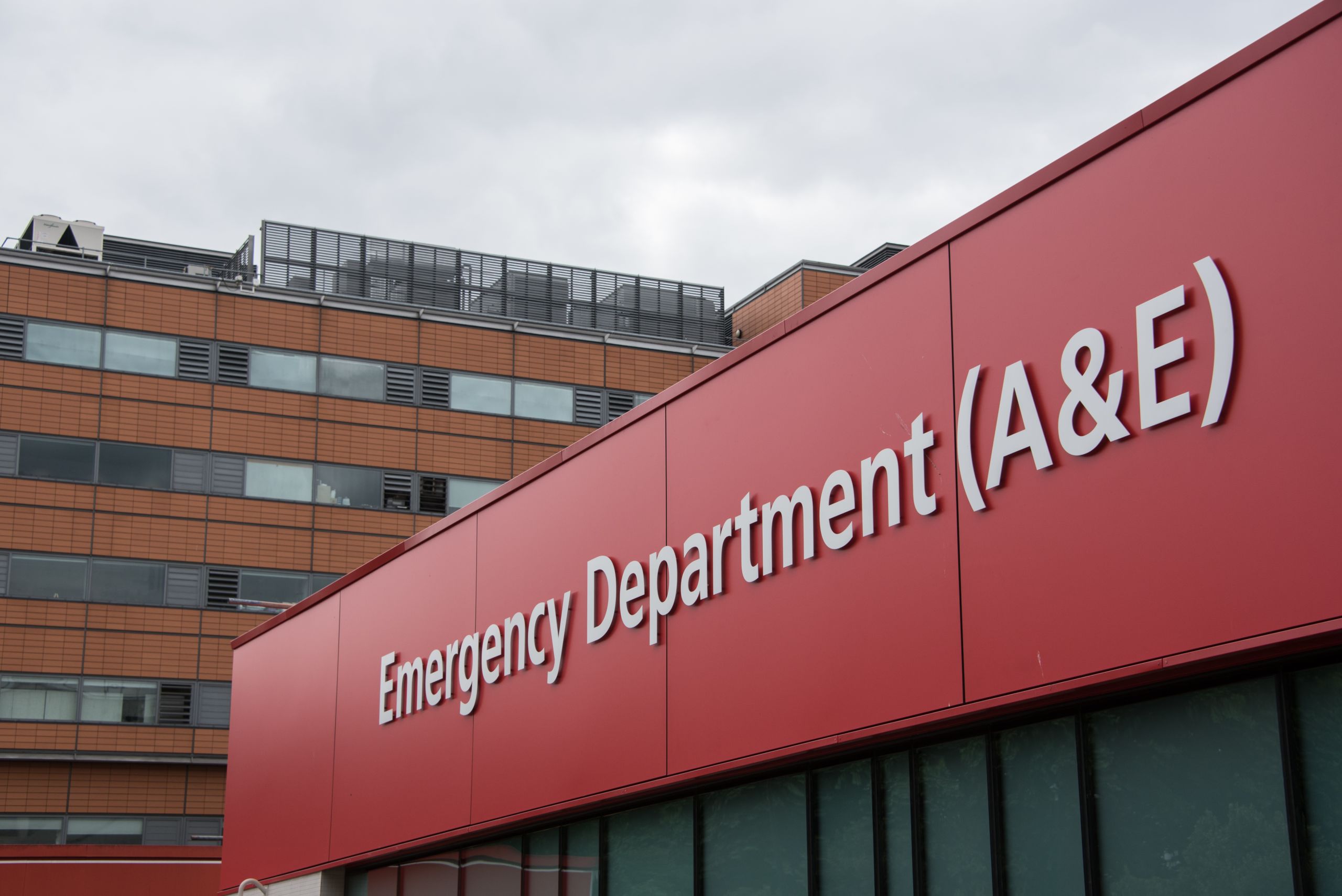Chris' story



Chris Ford, emergency department matron
“There has been fantastic learning from this. There is always bureaucracy to deal with but in the pandemic it just fell away.”
“In A&E we are used to rapidly changing events – major accidents, terrorist attacks, disease outbreaks. It’s our bread and butter. We are very adaptable. But no one had encountered anything on this scale before.
I have worked in emergency care for 20 years and lived through SARS, MERS, Swine flu and Ebola. None of those came to fruition and I thought COVID-19 would be the same. I only started this job on 3 March and I was wrapped up with learning my way round while it was bubbling in the background. But by mid-March I realised it was going to be big.
We normally get 450-550 patients a day in A&E but once lockdown was imposed we saw a huge drop in attendances. We get a lot of “walking wounded” – tourists and commuters – at St Thomas’ and they fell away completely. There was also an initial drop in the acutely unwell and that caused a lot of anxiety. People were put off coming to hospital when they really needed to. These are the patients that need a lot of nursing care. Their numbers soon built up again but the patients were different. They were more unwell, many sick with COVID-19, and there were more patients with mental health problems, pushed into crisis by lockdown and isolation.
Our biggest problem was how to manage COVID-19 and non-COVID-19 patients. We were told one Friday evening in late March we had to re-organise the department to ensure they were kept separate. We took over a short stay ward, decamped its patients elsewhere, and doubled the size of the department all in 5 hours. That was my proudest moment. Normally that would have taken months of meetings. We did such a massive job. The team just cracked on and did it. It was quite touching.
“It’s in the nature of A&E staff to be a bit gung ho. The workforce is mostly young because its heavy, hard work, on your feet for 12 hour shifts. The general response was: let’s get on with it. The staff were really good.”
Then we had to staff the expanded department. We had to redeploy nurses from elsewhere in the hospital. We increased the total by a third from 23 to 33.
My biggest anxiety was around PPE. I was constantly worried that we weren’t protecting staff. I was present when the first COVID-19 patients were admitted to the High Consequence Infectious Diseases (HCID) unit and staff were wearing full protective gear, like space suits. Then a couple of weeks later we were saying to nurses, ‘Oh, it’s fine for you to wear a small face mask.’
That was really hard. What I said to the staff was that I was being led by the experts and we had to trust what they were telling us or things were going to fall apart.
It’s in the nature of A&E staff to be a bit gung ho. The workforce is mostly young because its heavy, hard work, on your feet for 12 hour shifts. The general response was: let’s get on with it. The staff were really good.
At first they felt vulnerable and anxious when there was a lot of uncertainty about what PPE they should wear. The guidance kept changing, usually on a Friday night, which was frustrating.
Then, once the guidance was clear, they relaxed. They knew where they were, what they had to wear, and they got on with it. Now we are in a new phase. They find it difficult because it’s uncomfortable. I have gone from telling people not to worry, they’ll be ok, to telling them they need to worry more.
There has been fantastic learning from this. There is always bureaucracy to deal with but in the pandemic it just fell away. There were 2 nurses from Australia that we knew (they had worked previously in the department) and we wanted them to come back and help us through the peak. Normally, it would have taken months to get them approved, but we got them in 3 days. There is so much like that that could improve efficiency.
Overall, it has been an incredibly valuable experience. It forced our hand to change so many things – even simple ones like holding more meetings virtually. The team had to rely on each other. I have learnt a huge amount.”
Read more stories

